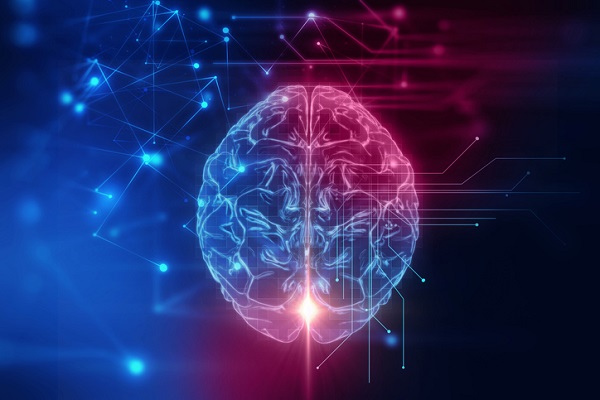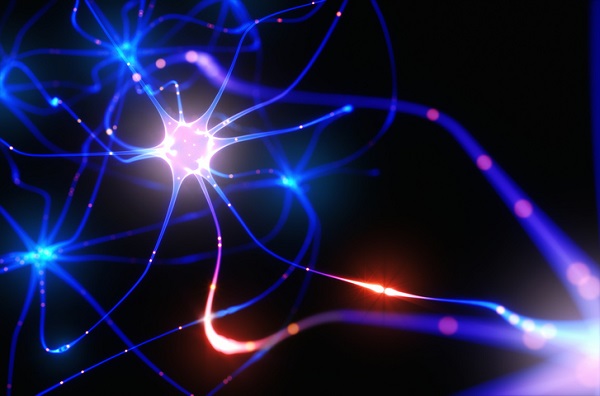
Electrical signals are constantly darting around the brain, and have countless functions for the human body. Analysis of these signals has been a constant focus during academic research, as experts try to find ways to manipulate this electricity to tackle bodily ailments.
Magnets have come under particular scrutiny recently. Usually used as objects to pin pictures to a fridge door, it has been discovered that magnets have the potential to stimulate memory recovery in certain circumstances. The reality of such experiments is of course very complex, and clinical research professionals are paying close attention. So here’s a guide on what the research has discovered so far:
The Impact of Transcranial Magnetic Stimulation (TMS) on Memory Recovery
Recent scientific breakthroughs in memory recovery have been discovered using a method known as Transcranial Magnetic Stimulation (TMS). This therapy has long been heralded for its effect on patients with major depression, but experimentation has since determined other uses.
A repetitive TMS session usually lasts 30 to 60 minutes, and it sees an electromagnetic coil held against a specific part of the forehead. Short pulses are transferred from the coil, through the skull, and eventually stimulate the targeted electrical currents in the brain. A key memory structure in the brain, the hippocampus, is subject to much scrutiny during such experimentation. It has been discovered that TMS can indirectly stimulate the hippocampus to boost memory function.

TMS can be used to stimulate brain cells
The process can be administered while the person is conscious, but they may feel a slight tapping as pulses are being transferred. Such discomfort is common during TMS experiments, and could lead to mild headaches.
Recent Testing Suggests This Could Be a Medical Breakthrough
Students in clinical research courses may be excited to learn that there have been numerous promising developments concerning the benefits of TMS in recent years. It has been found to have a particularly profound impact on the brain’s ‘working memory’. This is the brain function which allows for the retention of new information, even when attention is briefly directed elsewhere.
It had been thought that continuous activity was required in brain cells in order to retain such information. Recent findings suggest otherwise, however. The research, published in Science, started off by presenting participants with a face and a word. After being initially asked to remember both, they were then asked to focus on only one. The brain activity linked with the other item quickly disappeared. When TMS was administered, however, it quickly reactivated the unattended memory.
The Possible Medical Benefits to Be Aware of During Clinical Research Courses
These findings have generated hope in the search for treatment of memory loss symptoms, which are prevalent in strokes, head injuries, and Alzheimer’s disease. It’s important, however, for those in clinical research training to note that scientific research in this area is still in its infancy. Experts have so far been quick to dampen expectations about the potential for TMS to recover long-lost memories.
This medical breakthrough should be seen as a step in the right direction, though. By discovering that brain cells can be stimulated with magnets, further research is likely to focus on whether brain electricity can be manipulated to create more significant benefits.

Further research is needed to determine the potential of TMS for Alzheimer’s treatment
Discover more in one of the top clinical research courses in Toronto.
Study at AAPS and play an important role in the future of medicine.



